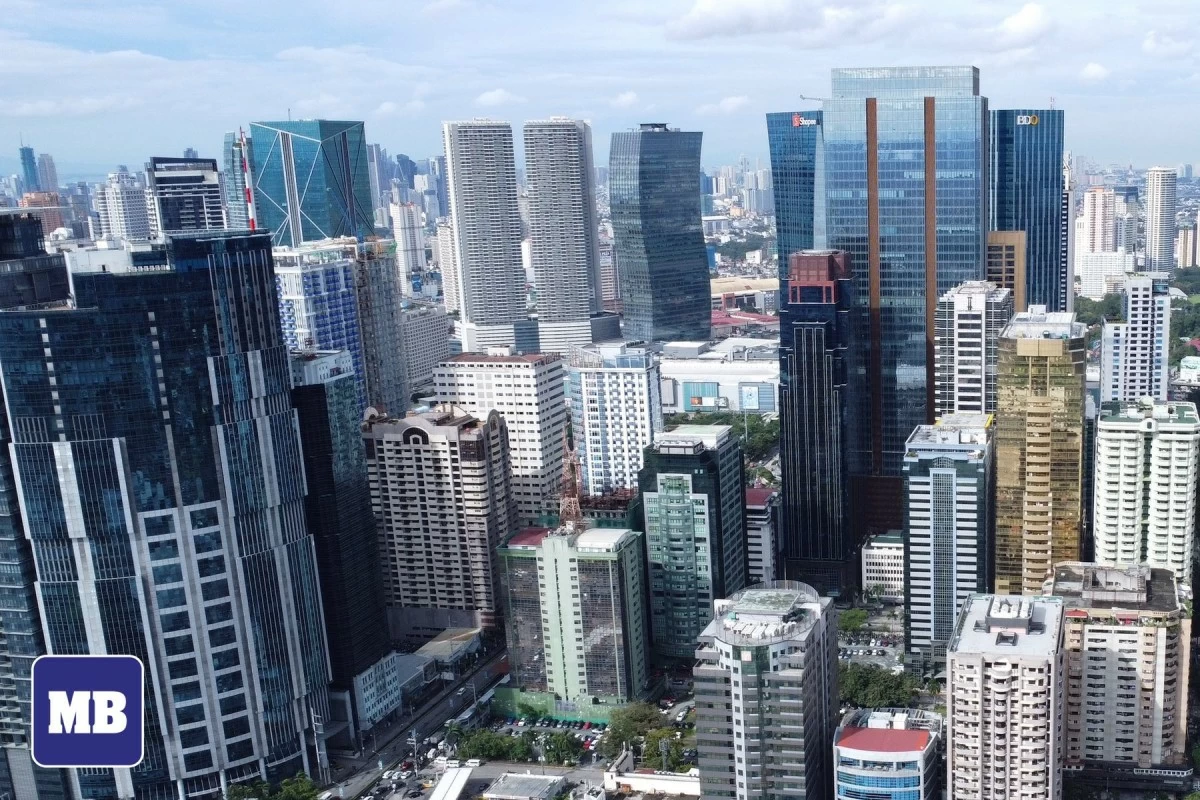
Upgrade to High-Speed Internet for only ₱1499/month!
Enjoy up to 100 Mbps fiber broadband, perfect for browsing, streaming, and gaming.
Visit Suniway.ph to learn
Google search led us to the fact that when the Filipino people threw out the Ferdinand E. Marcos Sr. dictatorship into exile in 1986, the poverty incidence was at 41 percent. Social Weather Station (SWS) recently found that 50 percent of Filipinos consider themselves poor today.
SWS says 14.9 million families are considered poor; therefore, at five per family, 75 million of the 117 million Filipinos rate themselves poor. That is quite revealing.
Meantime, OCTA Research’s third-quarter survey showed that the trust and performance ratings of President Ferdinand “BBM” R. Marcos Jr. and Vice President Sara Duterte slid to 57 percent and 54 percent (BBM), and 51 percent and 49 percent (Sara), respectively. This decrease was confirmed by Pulse Asia, which showed similar results for the same period.
In September 2025, former House Speaker Martin Romualdez’s performance rating was already at an abysmal 32 percent, and former Senate President Chiz Escudero at 50 percent.
Conclusion: Our top leaders are dangerously at a national approval level that is less than the majority (Romualdez already there)—meaning more Filipinos dislike than approve of their work. Politically, that’s skating on thin ice (pardon the colonial slant).
What seems to be the growing dissatisfaction?
THE WHYS
Well, it shows in the gross domestic product (GDP) growth rate in the third quarter of only four percent—the slowest quarterly growth in the last four years (target: 5.5 to 6.5 percent). The SGV macroeconomic study says agriculture (usual laggard) grew only 2.8 percent, construction is down, reducing growth in industry, and the tourism sector has slowed such that service growth was only 5.5 percent.
On the expenditure side, government expenditure slipped by a huge 26 percent (slowdown in budget usage due to scandals), slowing government to just 1.3 percent; capital formation (investment) decreased by a jaw-dropping 28 percent; and consumption was anemic at 4.1 percent (the traditional torchbearer).
Policymakers often crow about the “fastest GDP growing nation in the Association of Southeast Asian Nations (ASEAN)” (developing ASEAN nations’ GDP growth from 1961 to 2015) at 6.2 percent. In one of the fora, we had cautioned the Department of Budget and Management (DBM) not to harp much on this statistical “aberration,” since ASEAN nations do not have the same GDP values. That the Philippines has a 6.2-percent average GDP growth rate for the last 64 years (1961 to 2015), while Singapore has only 2.5 percent, does not mean we are faring better than Singapore, since the Philippines has one of the lowest GDP values in ASEAN.
Moreover, policymakers pride themselves on being able to contain inflation at 1.7 percent (year-to-date September 2025), but people cannot cope with prices, as the Philippines is the sixth lowest per capita income among eight ASEAN nations at $12,930—only better than Cambodia’s $8,650 and Myanmar’s $5,920. All the others are way ahead of the Philippines: Singapore ($156,760), Malaysia ($43,470), Thailand ($26,320), Indonesia ($17,610), and even Vietnam ($17,484).
Likewise, they cite the Philippines as a consumer-based economy and not affected by the vagaries of a largely trade-exporting country, making our peso currency “stable.” But the hiccup of the budget scandal for a month or so dropped the peso to ₱59.17:$1—one of its lowest—showing its vulnerability to “political noise,” including the stock market, dependent on “hot money.”
What about that comparative advantage of having a “sweet spot”—a huge army of employable young workers? Well, investment banker Stephen CuUnjieng calls that B.S., considering the recent findings that 30 percent of Filipinos are de facto “functionally illiterate”—unemployable except to do menial jobs. Aside from the monumental lack of classrooms (65,000 deficit), school buildings, and books, staring us in the face is the glaring lack of “quality education here.”
The evidence is there. From the latest available foreign direct investment (FDI) data as of 2023, the Philippines recorded only $8.93 billion in FDIs, representing a measly four percent of the entire FDIs of the ASEAN region ($225 billion), bannered by Vietnam ($25.3 billion), Indonesia ($24.2 billion), Malaysia ($12.2 billion), and Thailand ($10.6 billion). Figures do not lie. Fewer investments mean fewer jobs.
As of September 2025, total Philippine debt stood at ₱17.645 trillion, 8.7-percent higher than end-2024. The international standard of 60-percent debt-to-GDP was breached by the Philippines by end-2024, and with that kind of debt accumulation and the anemia in GDP growth, the international rating agencies might develop jaundiced eyes looking at the Philippines by year-end.
Mogul Manuel “Manny” V. Pangilinan, with vast experience in regional macroeconomic play, has cautioned about the possibility of a credit rating downgrade for the Philippines by rating agencies, which will exacerbate our problems. This will put pressure on the currency and our cost of sourcing capital.
INSTITUTIONS
Many of the institutions in the Philippines today—executive (agencies involved in graft), legislative (both houses of Congress), and even the judiciary (including the Supreme Court and past Ombudsman), and the budget policeman (Commission on Audit or COA)—are currently standing trial in the most important court of all: the COURT OF PUBLIC OPINION.
Unless our regular legal courts bring authentic justice and jail the grafters in these institutions, we fear the Philippines could yet again become the “sick man of Asia”—with sickness having more than just one meaning. Indeed, our leaders and institutions need wholesale cleansing.
(Bingo Dejaresco, a former banker, is a financial consultant, media practitioner and author. He is a Life and Media member of Finex. His views here, however, are personal and do not necessarily reflect those of Finex. [email protected])

 5 hours ago
2
5 hours ago
2



